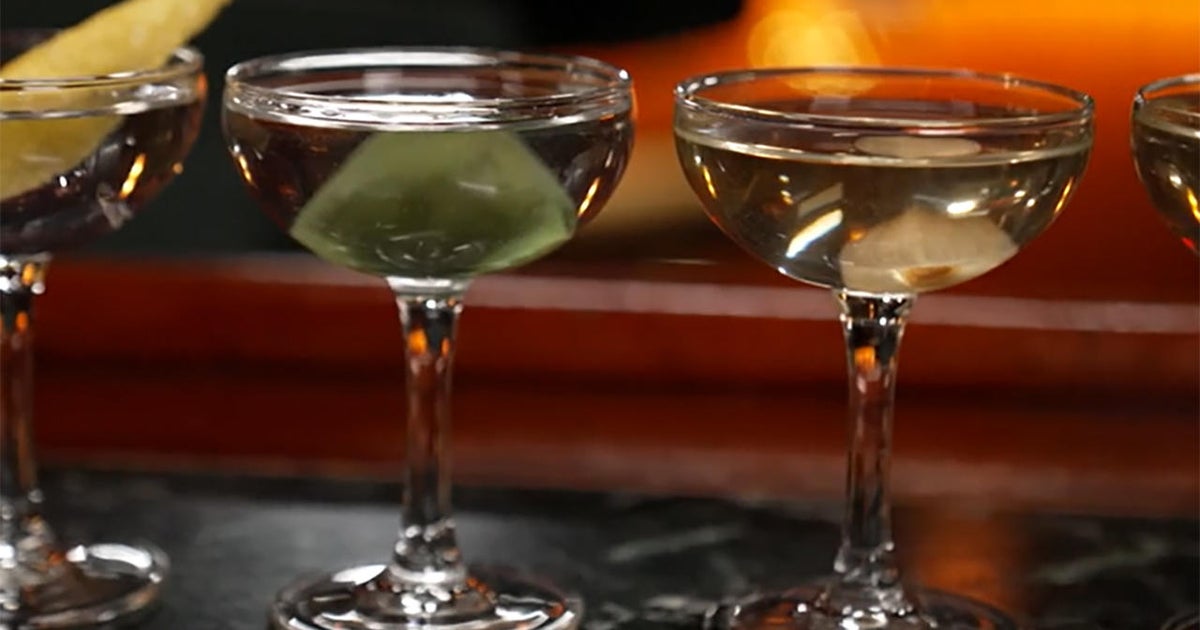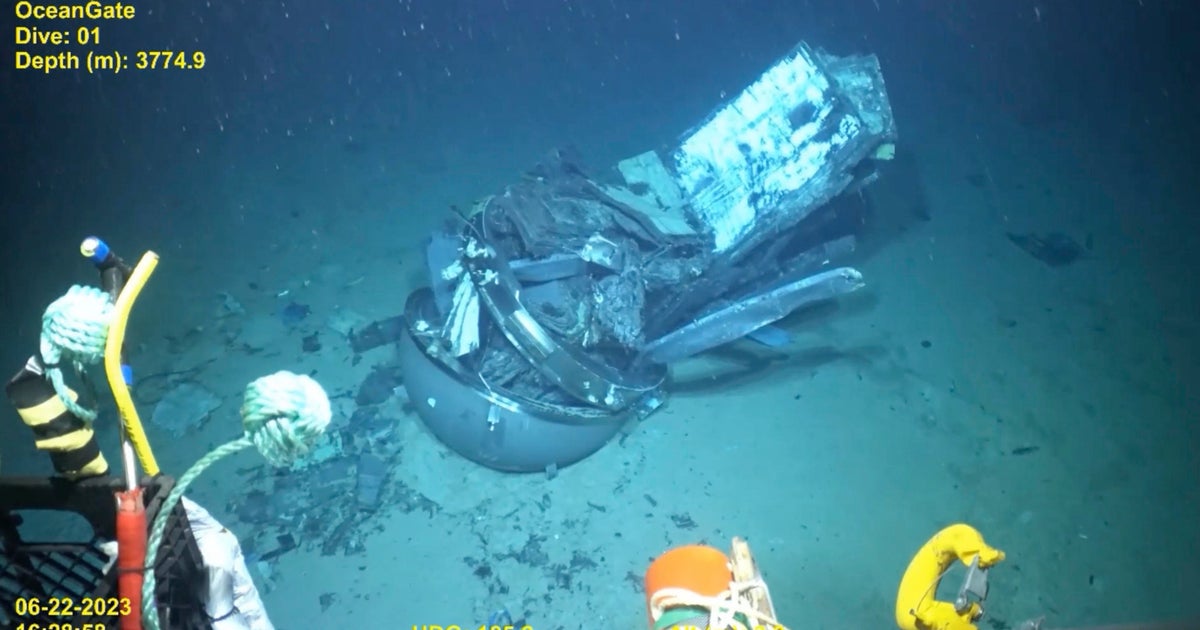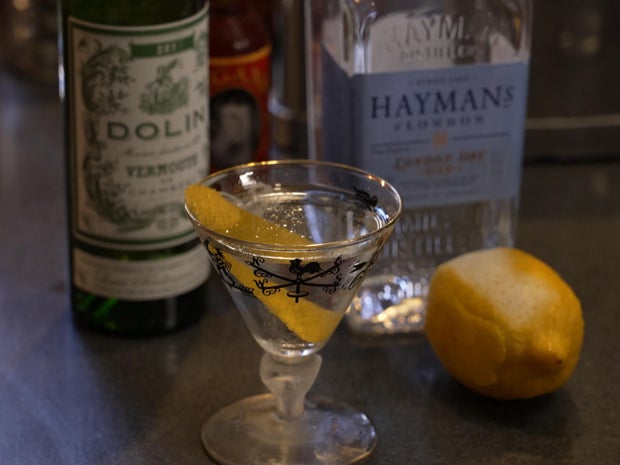CBS News
Titanic expedition might get green light after company says it will not retrieve artifacts

The U.S. government could end its legal fight against a planned expedition to the Titanic, which has sparked concerns that it would violate a law that treats the wreck as a gravesite.
Kent Porter, an assistant U.S. attorney, told a federal judge in Virginia Wednesday that the U.S. is seeking more information on revised plans for the May expedition, which have been significantly scaled back. Porter said the U.S. has not determined whether the new plans would break the law.
RMS Titanic Inc., the Georgia company that owns the salvage rights to the wreck, originally planned to take images inside the ocean liner’s severed hull and to retrieve artifacts from the debris field. RMST also said it would possibly recover free-standing objects inside the Titanic, including the room where the sinking ship had broadcast its distress signals.
Reuters
The U.S. filed a legal challenge to the expedition in August, citing a 2017 federal law and a pact with Great Britain to treat the site as a memorial. More than 1,500 people died when the Titanic struck an iceberg and sank in 1912.
The U.S. argued last year that entering the Titanic – or physically altering or disturbing the wreck – is regulated by the law and agreement. Among the government’s concerns is the possible disturbance of artifacts and any human remains that may still exist on the North Atlantic seabed.
In October, RMST said it had significantly pared down its dive plans. That’s because its director of underwater research, Paul-Henri Nargeolet, died in the implosion of the Titan submersible near the Titanic shipwreck in June.
The Titan was operated by a separate company, OceanGate, to which Nargeolet was lending expertise. Nargeolet was supposed to lead this year’s expedition by RMST.
RMST stated in a court filing last month that it now plans to send an uncrewed submersible to the wreck site and will only take external images of the ship.
“The company will not come into contact with the wreck,” RMST stated, adding that it “will not attempt any artifact recovery or penetration imaging.”
RMST has recovered and conserved thousands of Titanic artifacts, which millions of people have seen through its exhibits in the U.S. and overseas. The company was granted the salvage rights to the shipwreck in 1994 by the U.S. District Court in Norfolk, Virginia.
U. S. District Judge Rebecca Beach Smith is the maritime jurist who presides over Titanic salvage matters. She said during Wednesday’s hearing that the U.S. government’s case would raise serious legal questions if it continues, while the consequences could be wide-ranging.
Congress is allowed to modify maritime law, Smith said in reference to the U.S. regulating entry into the sunken Titanic. But the judge questioned whether Congress can strip courts of their own admiralty jurisdiction over a shipwreck, something that has centuries of legal precedent.
In 2020, Smithgave RMST permission to retrieve and exhibit the radio that had broadcast the Titanic’s distress calls. The expedition would have involved entering the Titanic and cutting into it.
The U.S. government filed an official legal challenge against that expedition, citing the law and pact with Britain. But the legal battle never played out. RMST indefinitely delayed those plans because of the coronavirus pandemic.
Smith noted Wednesday that time may be running out for expeditions inside the Titanic. The ship is rapidly deteriorating.
“Personal stories down there”
Last year, new images of the Titanic developed using deep sea mapping revealed unprecedented views of the shipwreck.
The scan was carried out in 2022 by Magellan Ltd, a deep-sea mapping company, in partnership with Atlantic Productions, a London-based company that was making a film about the project.
Atlantic/Magellan
The scan provides a three-dimensional view of the wreckage in its entirety, enabling the ship once known as “unsinkable” to be seen as if the water has been drained away.
In the debris surrounding the ship, lies miscellaneous items including ornate metalwork from the ship, statues and unopened champagne bottles.
There are also personal possessions, including dozens of shoes.
“I felt there was something much bigger here that we could get from the Titanic,” Anthony Geffen, the CEO of Atlantic Production, told CBS News last year. “If we could scan it, if we could capture in all its detail… we could find out how it sank and how the different parts of the boat fell apart and we can find a lot of personal stories down there as well.”
Atlantic/Magellan
Emmet Lyons contributed to this report.
CBS News
Serving up home-cooked dog food

Watch CBS News
Be the first to know
Get browser notifications for breaking news, live events, and exclusive reporting.
CBS News
What makes a martini a martini?

Watch CBS News
Be the first to know
Get browser notifications for breaking news, live events, and exclusive reporting.
CBS News
What makes a martini a martini?

Nowadays, what makes a martini a martini? Robert Simonson, who wrote a book about the martini, said, “It’s funny: it’s strict and loose at the same time.”
Ten Speed Press
Everyone seems to have an opinion about the cocktail: “Ingredients, proportions, garnishes – it’s all subject to debate,” Simonson said. “I’m a purist. I would think it needs to be gin and vermouth. But I’m willing to bend and say, ‘Okay, vodka and vermouth as well.’ [However,] if there’s no vermouth in there, I don’t know how you can call it a cocktail.”
Simonson says the martini was probably named after a vermouth company. It was invented in America in the 1870s or ’80s when bartenders mixed gin with vermouth, a fortified wine made with herbs and spices. “It’s a very big player in cocktail history,” he said.
In the early 20th century, the “very-dry” martini became very-popular: Ice cold gin or vodka, garnished with a lemon twist, or an olive, or an onion, but only a little vermouth (or maybe not even a little).
Samantha Casuga, the head bartender at Temple Bar in New York City, says the reason why many people might not want vermouth in their martini is because, for years, vermouth was stored improperly. “It should be in the fridge,” she said.
CBS News
Casuga’s classic martini is two parts gin, one part vermouth, with a twist of lemon. She suggests that you probably shouldn’t order it the way James Bond does – shaken, not stirred. Casuga says she’s always stirring, but some people like the show behind the bar when a bartender shakes their cocktail. “Definitely, people love a good shake,” she said.
People also love to have a martini made just the way they want it. But Casuga understands why they might be so specific: “To have your own preferences, not only listened to and then executed, is, like, that’s luxury itself.”
Writer Robert Simonson says that a martini can also add a little luxury to your Thanksgiving. “It actually makes very good sense for Thanksgiving,” he said. “It will whet your appetite for the meal to come.
“There are very few American inventions more American than the martini. So, an American holiday, American drink.”
CBS News
For more info:
Story produced by Mary Raffalli. Editor: Remington Korper.
“Sunday Morning” 2024 “Food Issue” recipe index
Delicious menu suggestions from top chefs, cookbook authors, food writers, restaurateurs, and the editors of Food & Wine magazine.













